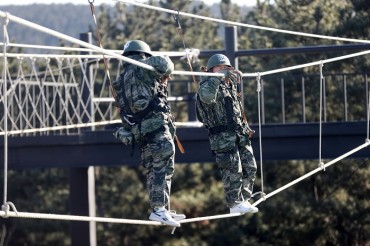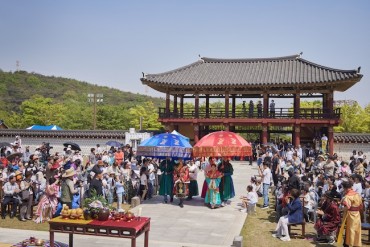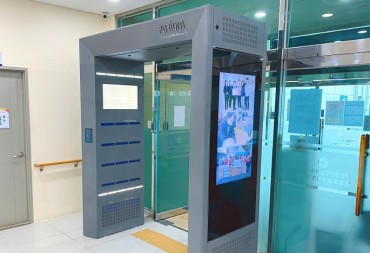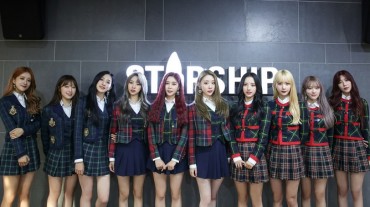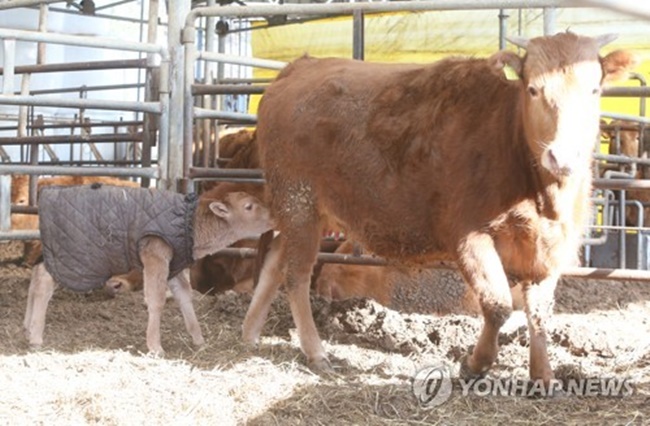
Gyeongju is the largest producer of Korean native cattle, known as Hanwoo, with 30,000 calves raised in the city every year, according to the Gyeongju Agricultural Technology Extension Center. (Image: Yonhap)
SEOUL, Apr. 24 (Korea Bizwire) — The city of Gyeongju has announced that it will open a colostrum bank in a bid to protect and nurture calves.
Gyeongju is the largest producer of Korean native cattle, known as Hanwoo, with 30,000 calves raised in the city every year, according to the Gyeongju Agricultural Technology Extension Center.

The city of Gyeongju has announced that it will open a colostrum bank in a bid to protect and nurture calves. (Image: Yonhap)
Up to 2,100 calves are estimated to perish due to a lack of cow’s milk and the immunity-boosting nutrients in it, accounting for nearly 70 percent of all calves that die each year.
Against this backdrop, the Agricultural Technology Extension Center will provide excess colostrum to Hanwoo calves.
Colostrum is yellow milk produced by cows within the first two days after giving birth, which contains a variety of antibodies that can protect calves against infections and diarrhea.
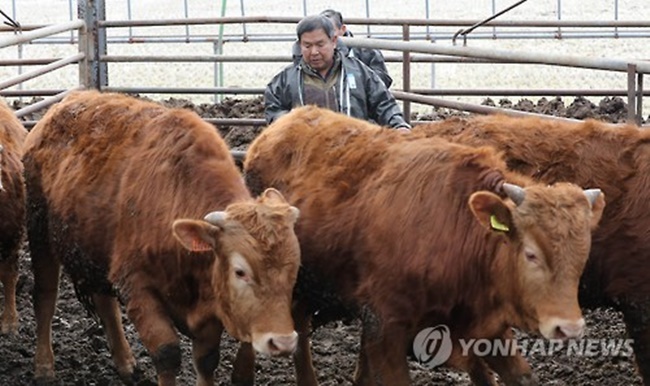
Up to 2,100 calves are estimated to perish due to a lack of cow’s milk and the immunity-boosting nutrients in it, accounting for nearly 70 percent of all calves that die each year. (Image: Yonhap)
However, Hanwoo are known to produce less colostrum than milk cows, with some of them struggling to feed their offspring, making rearing them more difficult.
The Gyeongju Agricultural Technology Extension Center is hopeful the move will strengthen the competitiveness of the Korean native cattle.
M.H.Lee (mhlee@koreabizwire.com)



